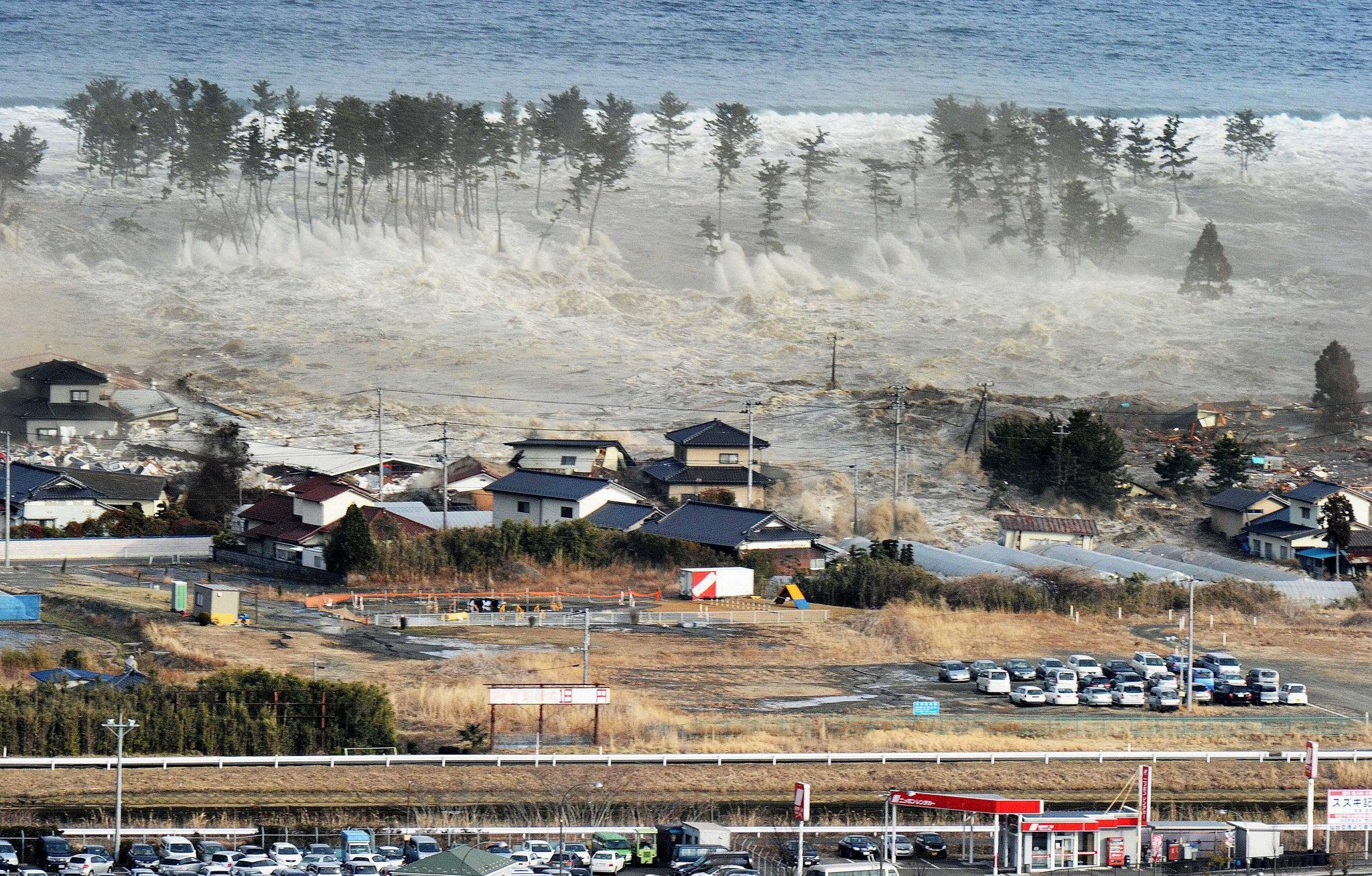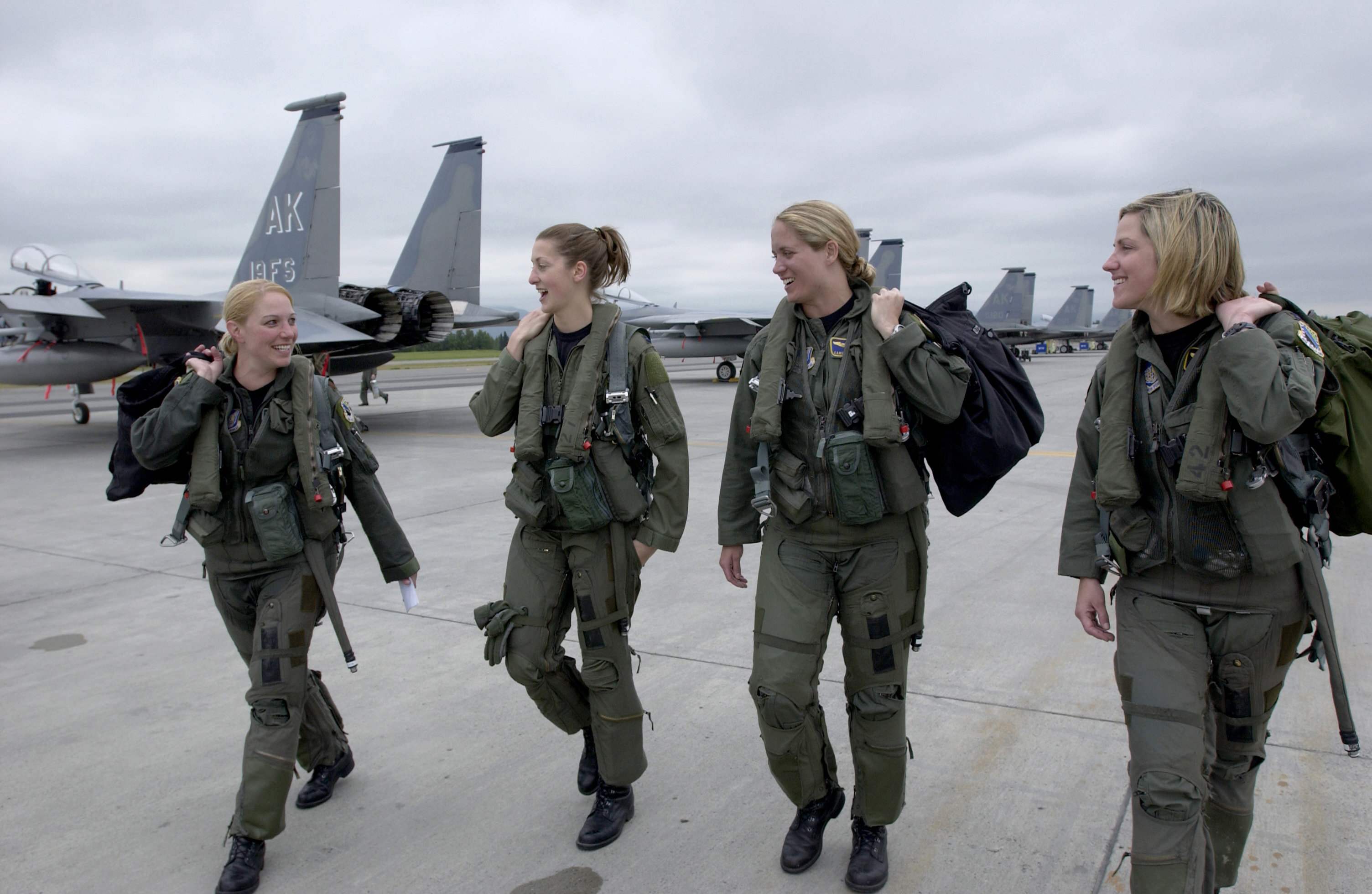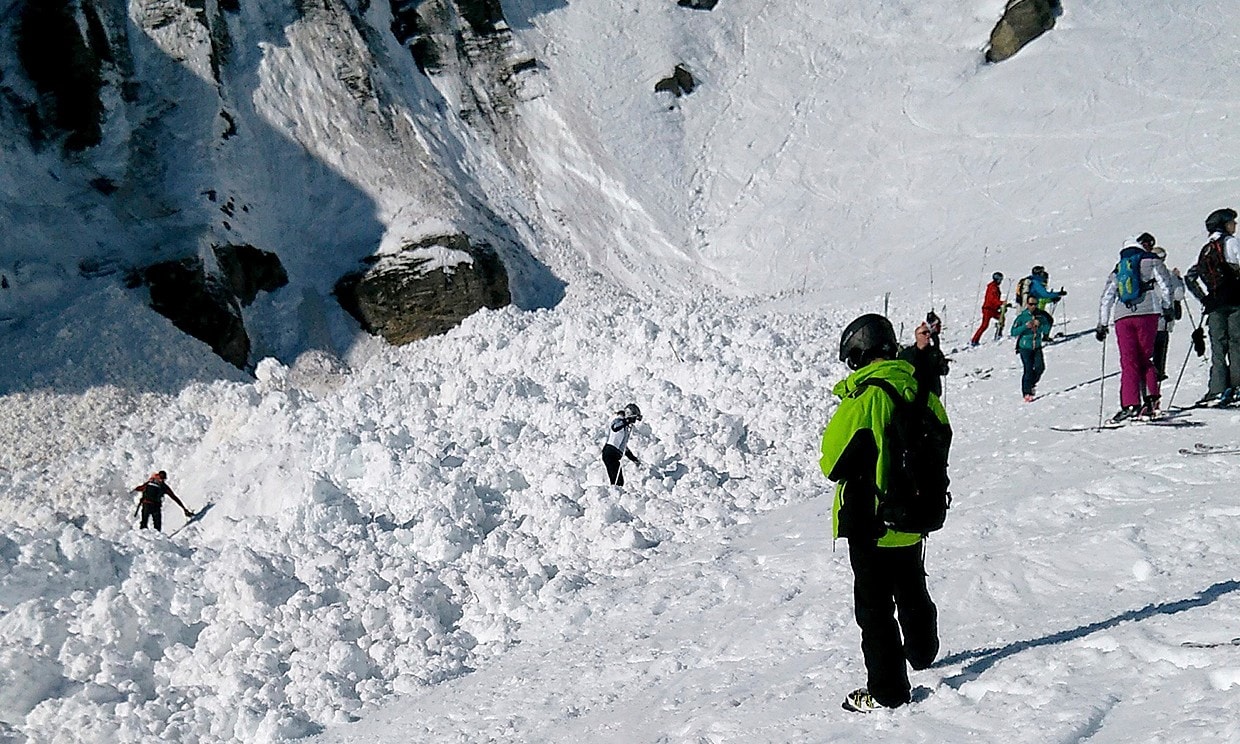By Lavanya Lal, Y11
“Forget not the tyranny of this wall …
… nor the love of freedom that made it fall”
These words come from graffiti on the Berlin Wall itself. Looking back on the 30th anniversary since it’s fall, we can say that it was one of the most iconic moments in history. Below, is a reminder of how expensive the freedom we have is, and how it has been taken for granted.
On the evening of November 9, 1989, East and West Berliners flocked to the wall, drinking beer and champagne and chanting “Tor auf!” (“Open the gate). A few months prior, it would have been hard to imagine that within a few months, this forbidding barrier would tumble down and the border shootings would cease. It had seemed an impossibility that East Germans would be free to leave what for many had become an open prison. At that moment, it had almost been unbelievable that the nuclear threats and the cold war were coming to an end.
During World War 2, the Allied forces had joined forces with the Soviet Union to defeat the Axis powers and Nazi Germany. Defeated Germany was divided by the victorious powers: the US, the UK, France, and the USSR, into East Germany under the Soviet Union. Berlin was in East Germany, but as the capital, it was split among the four. West Berlin became an island surrounded by communist Germany.
While the allied forces had put expenditures into construction and rejuvenation of West Germany, the Soviets continued to extract resources. Because the allied provided better job opportunities, higher salaries, and greater personal freedom, by 1961, 3.5 million people had escaped to West Germany. Even when East Berlin had been surrounded by the Soviets, it was only a matter of hours to get into the West part of Berlin and fly to West Germany. This open border posed a threat to the East German leadership, and thus the idea of the Berlin Wall.
When on August 13, 1961, the soldiers and construction workers started tearing down roads and building up barriers throughout the city of Berlin, the citizens and the protesters were caught off-guard. The construction of this wall then continued for decades, dividing neighborhoods and families, separating not only the city but the whole of Europe.
The Berlin Wall was more than 140 kilometers long. In June 1962, a second, parallel fence was built some 100 meters farther into East German territory. The houses contained between the fences were razed and the inhabitants relocated, thus establishing what later became known as the death strip. It was covered with raked sand or gravel, making footprints easy to notice. The top of the wall was lined with a smooth pipe, intended to make it more difficult to scale. The Wall was reinforced by mesh fencing, anti-vehicle trenches, barbed wire, dogs on long lines, “beds of nails” under balconies hanging over the “death strip”, over 116 watchtowers, and 20 bunkers with hundreds of guards. During the years of the Wall, between 1961 to 1989, around 5,000 people successfully managed to escape to West Berlin, but not all. 200 are estimated to have lost their lives trying.
A treaty in 1972 allowed citizens to meet their family members across the border occasionally, and allowed travel easier. However, the requests to cross the border increased and protesters became violent as a wave of revolution hitting Europe.
By 1980s the Soviet Union faced acute economic problems, and when a nuclear reactor exploded at the Chernobyl power station in Ukraine in April 1986, it was a symbolic moment in indicating the collapse of the communist rule. Reform movements were already stirring in the communist bloc, and throughout the 1980s different European countries empowered the East German protesters in 1989. People in East demanded the freedom to go where they wanted, listen to the music they liked and voice their opinions openly.
After hundreds of East Germans escaped through the help of neighboring countries like Hungary and Czechoslovakia, the government found it increasingly impossible to stop the calls to be allow movement to the West.
By October, the Soviet government tried to ease tension by making travel permits would be easier to obtain; however, the protests continued and on November 9 the leader of East Germany announced on TV that the gates of the borders would open. The violent and enraged citizens went to the wall and demanded the surprised guards to open the gates. As the guards were not given any orders and because thousands of people had come to the border, they could no longer control the situation and stepped back as the citizens crossed over to West Germany.
In order to commemorate the 30th anniversary, our German students celebrated the event by simulating the fall of the Berlin wall. It was a fun event where students dressed as soldiers and civilians simulated the 30-year-old event to pass on the message of unity, personal freedom, and national sovereignty. Students wrote reasons for crossing the border like “I lost my dog”, “I want to meet my family”, “I want to go on a vacation”, “I can’t find a job in the east” and they were stamped on their tickets by the soldiers as “accepted” or “rejected”. In the end, the wall was taken down by the chants of “we are the people” (in German) and the soldiers were defeated.
As the world celebrates the 30th anniversary of this significant step towards freedom, we must not forget how our people are still suffer in various parts of the world where their freedoms are restricted and where the fight for it must continue.



